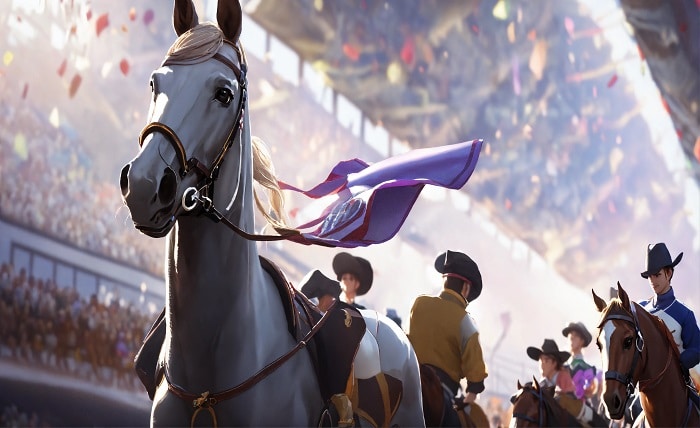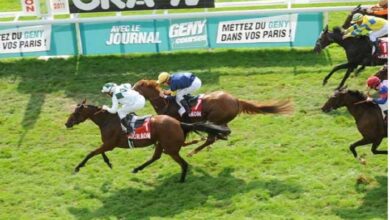Exploring Turf Wolni: A Comprehensive Guide

Introduction
Turf Wolni has become an increasingly popular choice for landscaping enthusiasts and homeowners seeking to enhance their outdoor spaces. This versatile turf offers numerous benefits, making it an ideal solution for various applications. In this comprehensive guide, we will delve into the world of Turf Wolni, exploring its history, uses, maintenance, and more. Whether you’re a seasoned gardener or new to the concept of turf, this guide will provide you with valuable insights into Turf Wolni.
What is Turf Wolni?
Turf Wolni is a type of synthetic grass designed to mimic the appearance and feel of natural grass. It is made from high-quality materials that provide durability and a realistic look. Turf Wolni is often used in residential lawns, commercial landscapes, sports fields, and recreational areas. Its versatility and low maintenance requirements make it a popular choice among property owners.
The History of Turf Wolni
The history of Turf Wolni dates back to the mid-20th century when synthetic grass was first developed for use in sports fields. Over the years, advancements in technology have led to the creation of more realistic and durable synthetic turf options, including Turf Wolni. Today, Turf Wolni is widely used in various applications, thanks to its improved design and performance.
Benefits of Turf Wolni
There are numerous benefits to using Turf Wolni in your landscaping projects. One of the primary advantages is its low maintenance requirements. Unlike natural grass, Turf Wolni does not need regular watering, mowing, or fertilizing. Additionally, Turf Wolni is highly durable and can withstand heavy foot traffic, making it an excellent choice for high-use areas. Furthermore, Turf Wolni remains green and lush throughout the year, providing a beautiful and consistent appearance.
Applications of Turf Wolni
Turf Wolni is used in a wide range of applications, from residential lawns to commercial landscapes. Homeowners often choose Turf Wolni for their lawns and gardens due to its low maintenance and aesthetic appeal. In commercial settings, Turf Wolni is commonly used in office complexes, shopping centers, and public parks. Sports fields and recreational areas also benefit from the durability and performance of Turf Wolni.
Installation Process of Turf Wolni
Installing Turf Wolni is a straightforward process that can be completed by professionals or DIY enthusiasts. The first step involves preparing the ground by removing existing grass and debris. Next, a layer of compacted base material is added to ensure proper drainage. The Turf Wolni is then rolled out and secured in place, with seams and edges carefully joined. Finally, infill material is added to help the turf blades stand upright and enhance its appearance.
Maintenance Tips for Turf Wolni
While Turf Wolni requires less maintenance than natural grass, it still needs some care to keep it looking its best. Regular brushing is recommended to keep the turf blades upright and prevent matting. Removing debris, such as leaves and twigs, will help maintain the turf’s appearance and prevent potential damage. Additionally, occasional rinsing with water can help remove dust and dirt, keeping your Turf Wolni clean and fresh.
Environmental Impact of Turf Wolni
Turf Wolni has a positive environmental impact compared to natural grass. It eliminates the need for pesticides, herbicides, and fertilizers, reducing chemical runoff into waterways. Additionally, Turf Wolni conserves water, as it does not require regular watering like natural grass. By choosing Turf Wolni, you can contribute to water conservation efforts and create a more sustainable outdoor space.
Cost Considerations for Turf Wolni
The cost of Turf Wolni can vary depending on factors such as the size of the area to be covered and the quality of the turf. While the initial investment may be higher than natural grass, the long-term savings on maintenance and water bills can make Turf Wolni a cost-effective option. Additionally, the durability of Turf Wolni means it can last for many years, providing a good return on investment.
Comparing Turf Wolni to Natural Grass
When comparing Turf Wolni to natural grass, several factors come into play. Turf Wolni offers the advantage of low maintenance, durability, and year-round green appearance. On the other hand, natural grass provides a natural feel and can support local ecosystems. Ultimately, the choice between Turf Wolni and natural grass depends on individual preferences, budget, and specific landscaping needs.
Common Misconceptions About Turf Wolni
There are several misconceptions about Turf Wolni that need to be addressed. One common myth is that synthetic turf is uncomfortable to walk on. In reality, modern Turf Wolni is designed to be soft and comfortable underfoot. Another misconception is that Turf Wolni looks fake. However, advancements in technology have resulted in Turf Wolni that closely resembles natural grass in both appearance and texture.
Choosing the Right Turf Wolni for Your Needs
Selecting the right Turf Wolni for your needs involves considering factors such as the intended use, budget, and aesthetic preferences. Different types of Turf Wolni are available, each designed for specific applications. For example, some Turf Wolni options are specifically engineered for sports fields, while others are ideal for residential lawns. Consulting with a turf specialist can help you make an informed decision.
Future Trends in Turf Wolni
The future of Turf Wolni looks promising, with ongoing advancements in materials and technology. Innovations are focused on enhancing the realism, durability, and environmental benefits of Turf Wolni. As more people become aware of the advantages of synthetic turf, its popularity is expected to continue growing. Future trends may include even more sustainable and eco-friendly Turf Wolni options, making it an ideal choice for environmentally conscious consumers.
Conclusion
Turf Wolni offers a versatile and low-maintenance solution for various landscaping needs. Its durability, year-round green appearance, and environmental benefits make it a popular choice among homeowners and commercial property owners. By understanding the history, benefits, and applications of Turf Wolni, you can make an informed decision about whether this synthetic turf is right for your outdoor space. As technology continues to advance, Turf Wolni will likely become an even more attractive option for those seeking a sustainable and beautiful landscape.
FAQs
1. How long does Turf Wolni last? Turf Wolni can last anywhere from 10 to 20 years, depending on the quality of the turf and the level of maintenance it receives.
2. Is Turf Wolni safe for pets? Yes, Turf Wolni is safe for pets. It is designed to be durable and pet-friendly, withstanding wear and tear from pets.
3. Can Turf Wolni be installed over existing grass? It is not recommended to install Turf Wolni over existing grass. The existing grass should be removed, and the ground should be properly prepared to ensure the best results.
4. Does Turf Wolni require watering? Turf Wolni does not require regular watering like natural grass. However, occasional rinsing with water can help remove dust and dirt.
5. How do I clean Turf Wolni? Cleaning Turf Wolni is simple. Regular brushing, removing debris, and occasional rinsing with water are usually sufficient to keep it clean and looking fresh.





